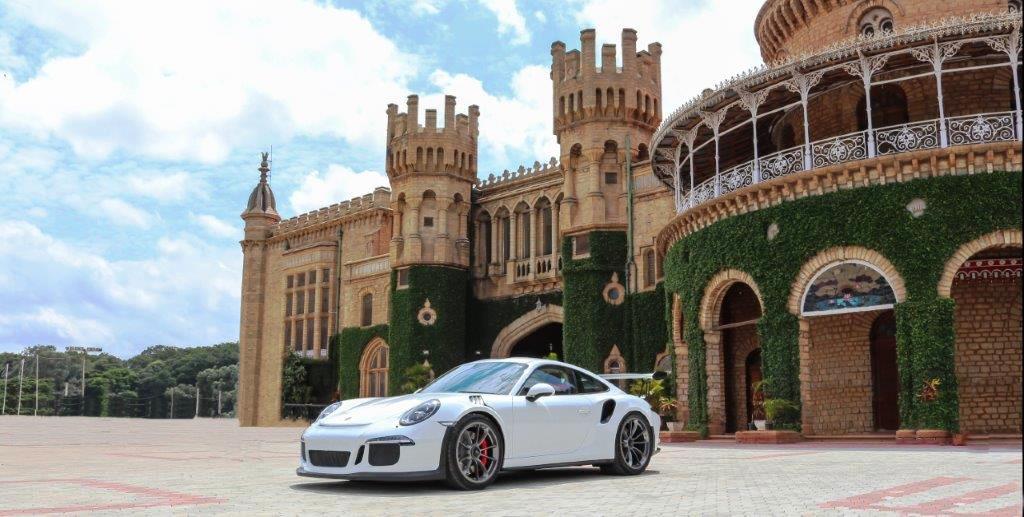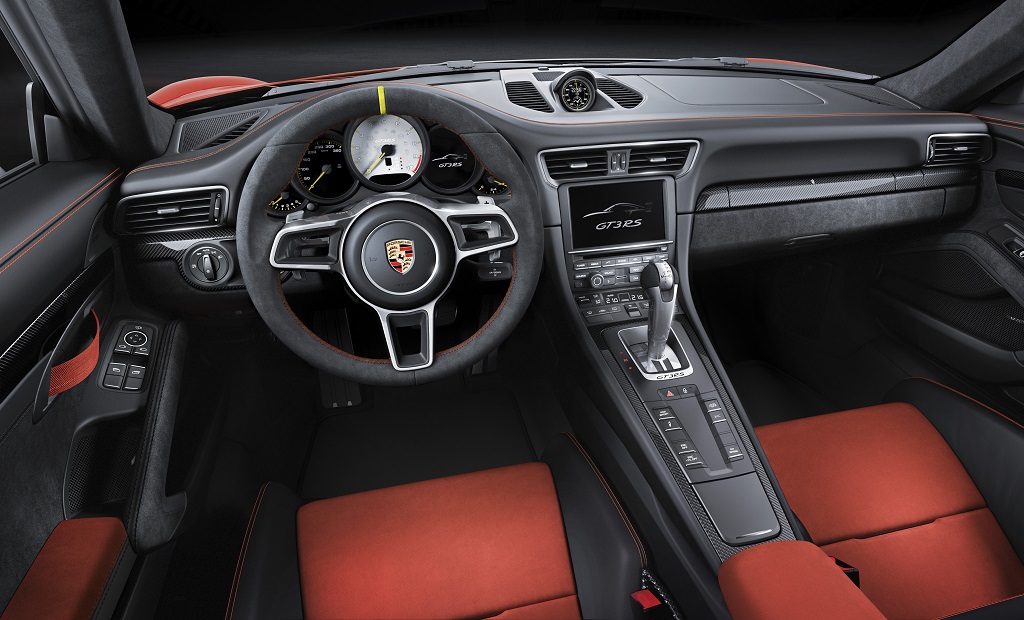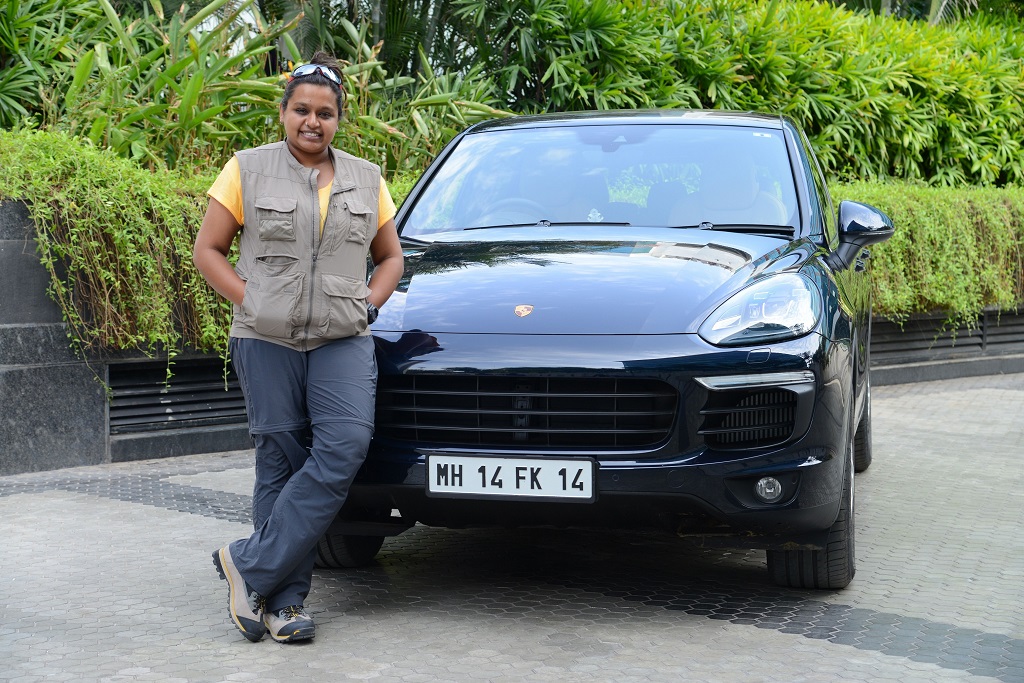With the unveiling of the new 911 GT3 RS in India, Porsche is once again breaking down the boundaries of possibility by redefining what it means to create a car at the cutting edge of motorsport technology and is suitable for everyday driving. Celebrating its arrival at Porsche Centre Bengaluru and with exceptional on-track capabilities, the 911 GT3 RS once again reinforces its status as the benchmark in its class.
Through extensive drive system, aerodynamics and lightweight design modifications, the new 911 GT3 RS boasts even greater standard-setting performance. With a lap time of seven minutes and 20 seconds, the new model beats the historic record achieved by the Carrera GT super sports car on the North Loop of the Nürburgring by nine seconds.
Behind the superior performance of the model lies Porsche’s unrivalled heritage of motorsport expertise and pioneering technology. The 911 GT3 RS is powered by a four-litre six-cylinder engine with 500 hp (368 kW) and 480 Newton metres of torque, combined with a specially developed PDK transmission. The engine, which has the largest displacement and most power of any naturally aspirated engine with direct fuel injection in the 911 family, accelerates the car from zero to 100 km/h in 3.3 seconds and to 200 km/h in 10.9 seconds. Its combined NEDC fuel consumption is 12.7 l/100 km. Functions such as declutching by “paddle neutral” – which is comparable to pressing the clutch with a conventional manual gearbox – and speed limiting by the Pit Speed button have been customised for motorsport use. They give drivers more freedom in terms of driving dynamics, while also providing them with more assistance when driving on a circuit racetrack.
The 911 GT3 RS is a masterpiece of intelligent lightweight design. For the first time, the roof is made of magnesium; carbon fibre is used for the engine and luggage compartment lids, and other lightweight components are made of alternative materials. This makes the RS model around ten kilograms lighter than the 911 GT3. In addition, the lightweight roof lowers the sports car’s centre of gravity which improves its excellent lateral dynamics. The body comes from the 911 Turbo, and it signifies the model’s status as the closest road-legal race car with its RS-specific aerodynamic add-on parts. The front spoiler lip, which extends close to the road, and the large rear wing reinforce its dominant look.
A 30 centimetre wide recess extends centrally over the Carbon Fibre Reinforced Plastic (CRFP) bonnet and the magnesium roof. This feature is a stylish reference to the recess on the luggage compartment lid of the classic 911 models with air-cooled engines, and today it identifies the two largest lightweight components in the 911 GT3 RS. Another characteristic is the unique front wheel arch air vents that extend into the upper section of the wings – just as in purebred motorsport cars, they increase downforce at the front axle.
The chassis of the 911 GT3 RS has been tuned for maximum driving dynamics and precision. Rear-axle steering and Porsche Torque Vectoring Plus with fully variable rear axle differential lock increase agility and dynamics, and the wider front and rear track widths enable even better roll stability than in the 911 GT3.
In addition, the 911 GT3 RS comes with the widest tyres of any 911 model as standard. The results: even more agile turn-in characteristics and even higher cornering speeds.
The interior design of the 911 GT3 RS with Alcantara elements is based on the current 911 GT3. One key new feature is the full bucket seats, which are based on the carbon bucket seats of the 918 Spyder. Other standard features are the Club Sport Package with a bolted-on roll cage behind the front seats, preparation for a battery master switch, and separately provided six-point safety harness for the driver and fire extinguisher with mounting bracket. The standard Sport Chrono Package, which features – in addition to its integrated timers – the Porsche Track Precision app for a smartphone. The Track Precision app can be used to automatically measure lap times via GPS, and to log data on a smartphone for a range of driving parameters such as vehicle speed, lateral acceleration as well as acceleration and deceleration in the driving direction. It manages this data and lets the driver share and compare it with other drivers.





